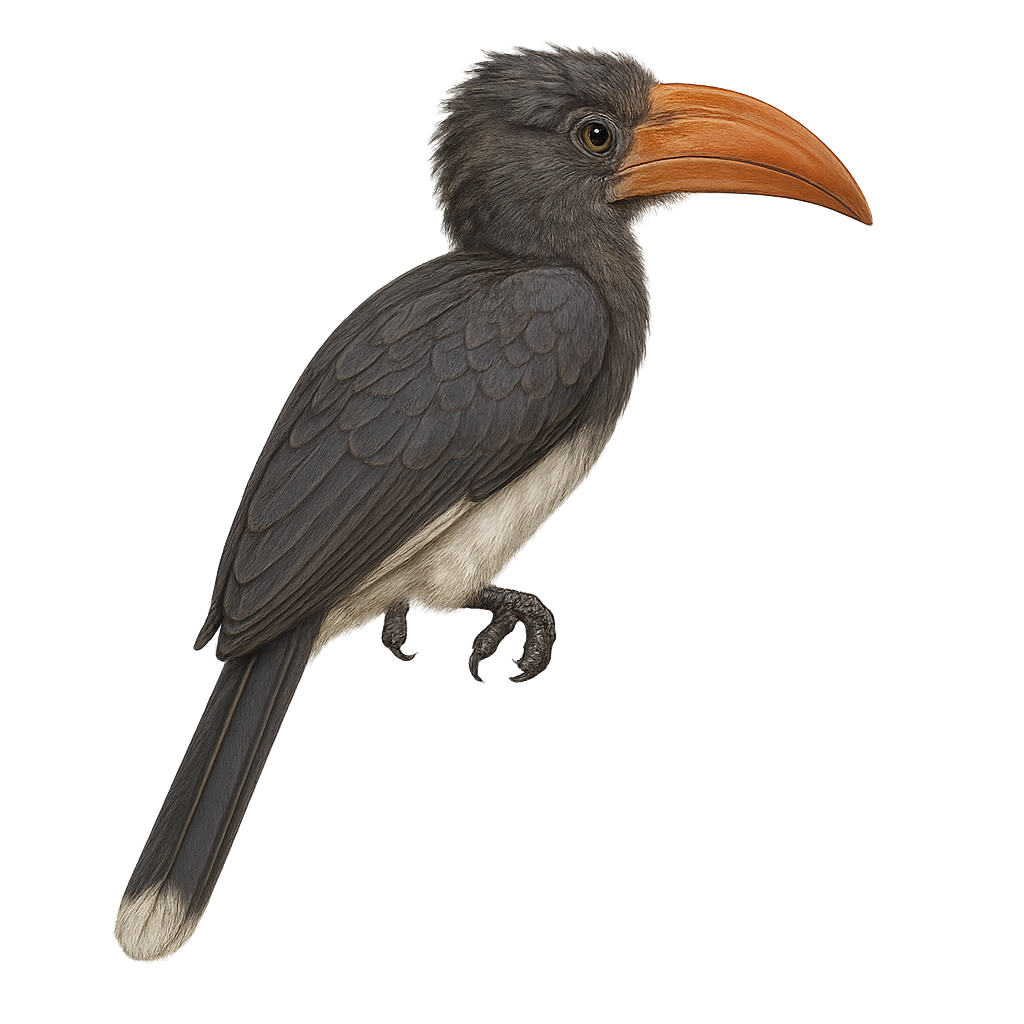Your wildlife photography guide.
Explore the crowned hornbill in detail, study its behavior, prepare your shots.
Where to observe and photograph the crowned hornbill in the wild
Learn where and when to spot the crowned hornbill in the wild, how to identify the species based on distinctive features, and what natural environments it inhabits. The WildlifePhotographer app offers tailored photography tips that reflect the crowned hornbill’s behavior, helping you capture better wildlife images. Explore the full species profile for key information including description, habitat, active periods, and approach techniques.
Crowned Hornbill
Scientific name: Lophoceros alboterminatus

IUCN Status: Least Concern
Family: BUCEROTIDAE
Group: Birds
Sensitivity to human approach: Suspicious
Minimum approach distance: 10 m
Courtship display: September to November
Incubation: 23-26 jours
Hatchings: October to December
Habitat:
Open forests, savannas, wooded areas
Activity period :
Primarily active during the day, with peak activity in the morning and late afternoon.
Identification and description:
The Crowned Hornbill, or Lophoceros alboterminatus, is a medium-sized hornbill from sub-Saharan Africa, easily recognized by its reddish-orange bill topped with a small casque, its white chest, and white wingtips that are noticeable in flight. It inhabits coastal forests, woodlands, and forest edges from Kenya to northeastern South Africa. Omnivorous, it feeds on fruits, insects, and occasionally small animals. It is often seen in pairs or small, noisy groups. Although relatively common and adaptable to secondary forests, the Crowned Hornbill is still affected by habitat loss.
Recommended lens:
400mm – adjust based on distance, desired framing (portrait or habitat), and approach conditions.
Photography tips:
To photograph the Crowned Hornbill, it is advisable to use a telephoto lens of at least 400mm to capture detailed images without disturbing the bird. Look to photograph these birds early in the morning or late in the afternoon when the light is soft and flattering. Be patient and discreet, as these birds can be suspicious. Use a tripod to stabilize your camera and achieve sharp images. Try to capture moments when the bird interacts with its environment, such as when it is feeding or socializing with other group members.
The WildlifePhotographer App is coming soon!
Be the first to explore the best nature spots, track rutting seasons, log your observations, and observe more wildlife.
Already 1 432 wildlife lovers subscribed worldwide

